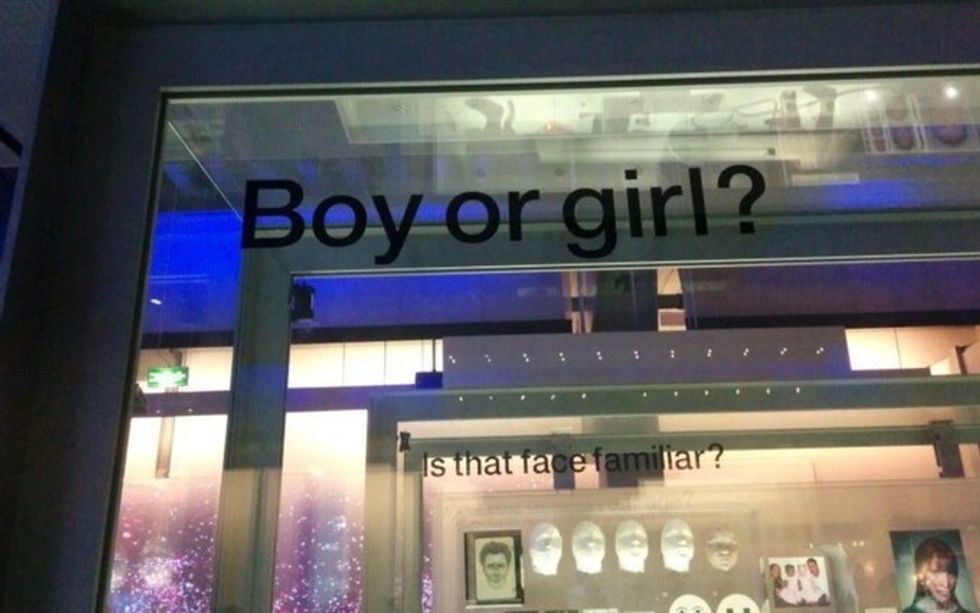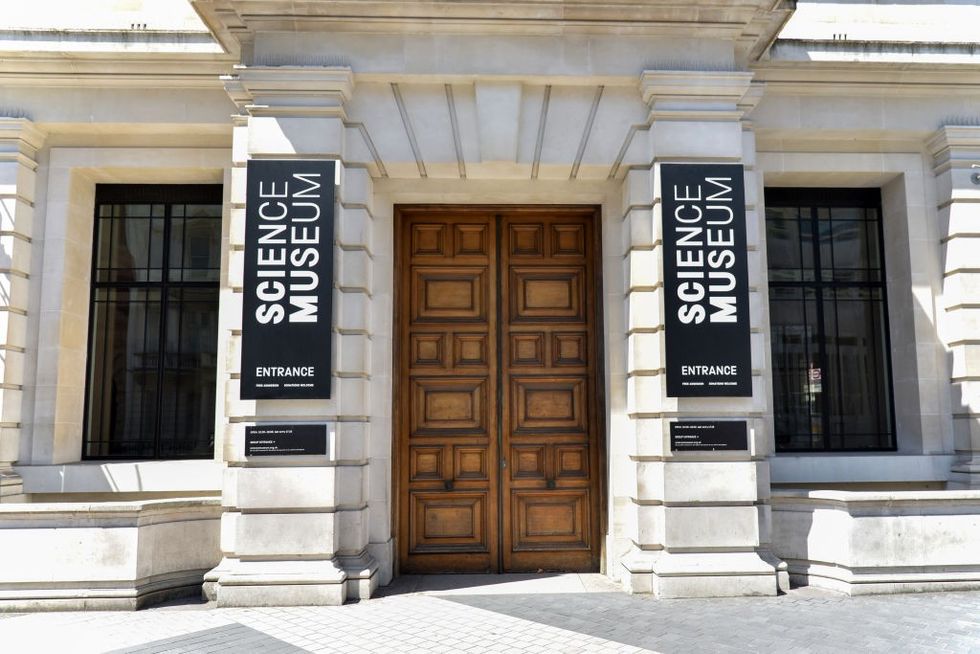Return of transgender exhibition at Science Museum sparks outrage: 'Sexist and insidious!'

The controversial cabinet has been reworked but is now said to be even worse than before
Don't Miss
Most Read
Latest
A transgender exhibition has returned to The Science Museum after it was initially removed following complaints it was ignoring biology.
The controversial cabinet has since been updated but campaigners claim it is "more insidious" and pushes a "sexist view of the world."
The original display showed a fake penis and chest-binding equipment with the title "Boy or Girl?"
Following accusations the cabinet was pushing gender-ideological "propaganda", it was removed.
 A transgender exhibition has returned to The Science Museum after it was initially removed following complaints it was ignoring biology
A transgender exhibition has returned to The Science Museum after it was initially removed following complaints it was ignoring biologyThe new display explains why some people transition to their preferred gender and how puberty blockers can be used to achieve this.
A sign states "some people’s gender doesn’t match the sex they were born into."
It adds that “they may make changes to live their life in a way that better aligns to that identity. This is sometimes called transition.”
The exhibition also includes a testimony from a transgender man and woman, who say they have "experience living as both male and female" and that transition was "liberating".
LATEST DEVELOPMENTS:
The reworked piece also features the testimony of a non-binary person, who describes the “relief” at “learning living outside the gender binary was possible”.
The display has caused a series of rows, which the Science Museum vowed to change in 2021 after complaints about a “lack of mention of transgender”.
"They have made it less in your face but in some ways that’s more insidious," Helen Joyce, author and director of advocacy at the campaign group Sex Matters told The Telegraph.
"They have made it less in your face but in some ways that’s more insidious.

The new display explains why some people transition to their preferred gender and how puberty blockers can be used to achieve this
|Getty
“The fake penises and chest-binding equipment may be out of sight, but so are the obvious warning signs for parents.
"The display continues to push a sexist view of the world, which suggests that some behaviours are inherently feminine, and that anyone who does them is a woman.
"This is simply trading on stereotypes. Likewise with the non-binary testimony: this identity is just not fitting into stereotypes, but it relies on a very stereotypical view of the world based on ‘men’s things’ and ‘women’s things’.”
A Science Museum spokesman said: “We would encourage everyone to visit the Who Am I? Gallery, which has benefited from several updates since it first opened in 2000.”








